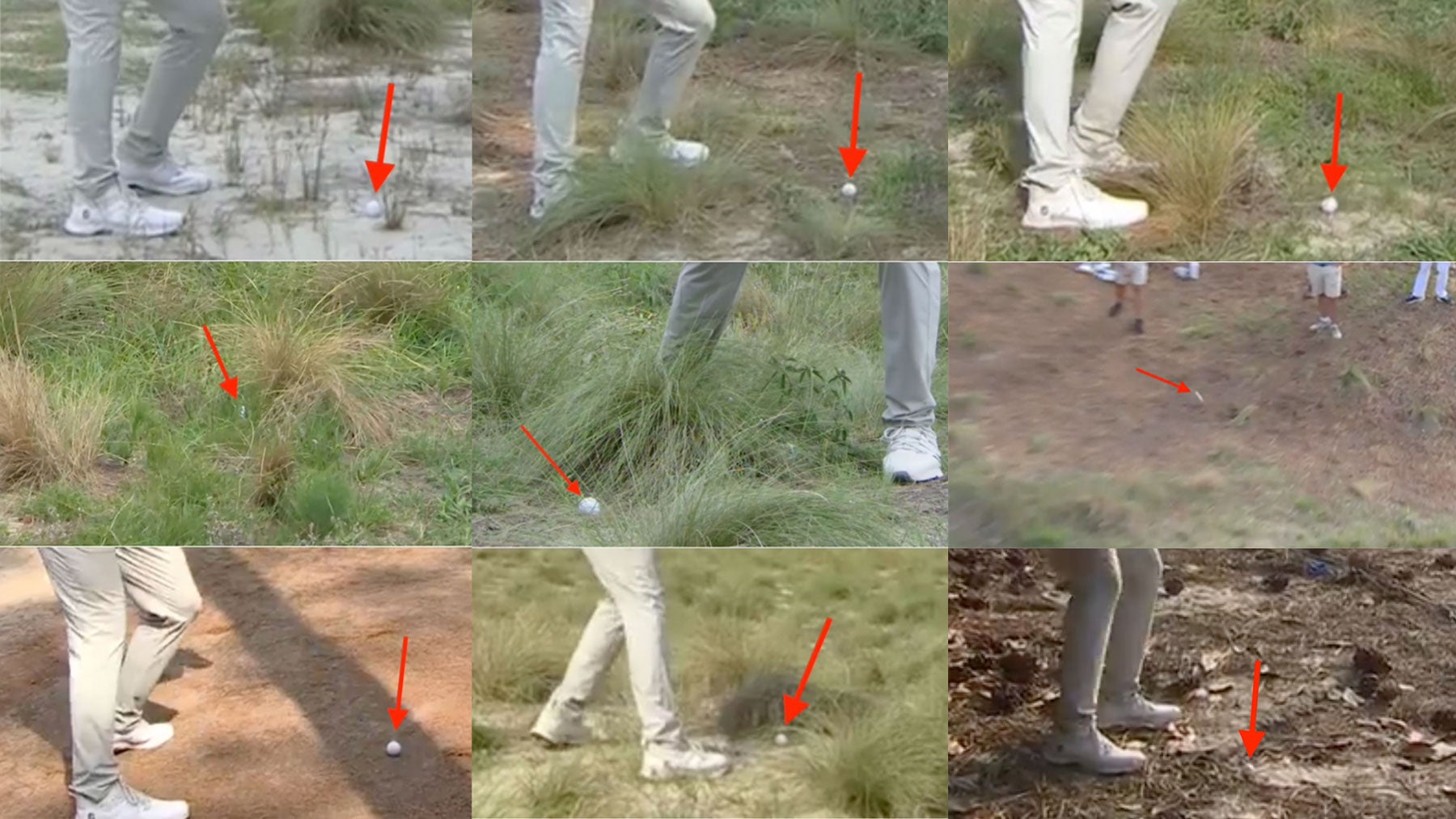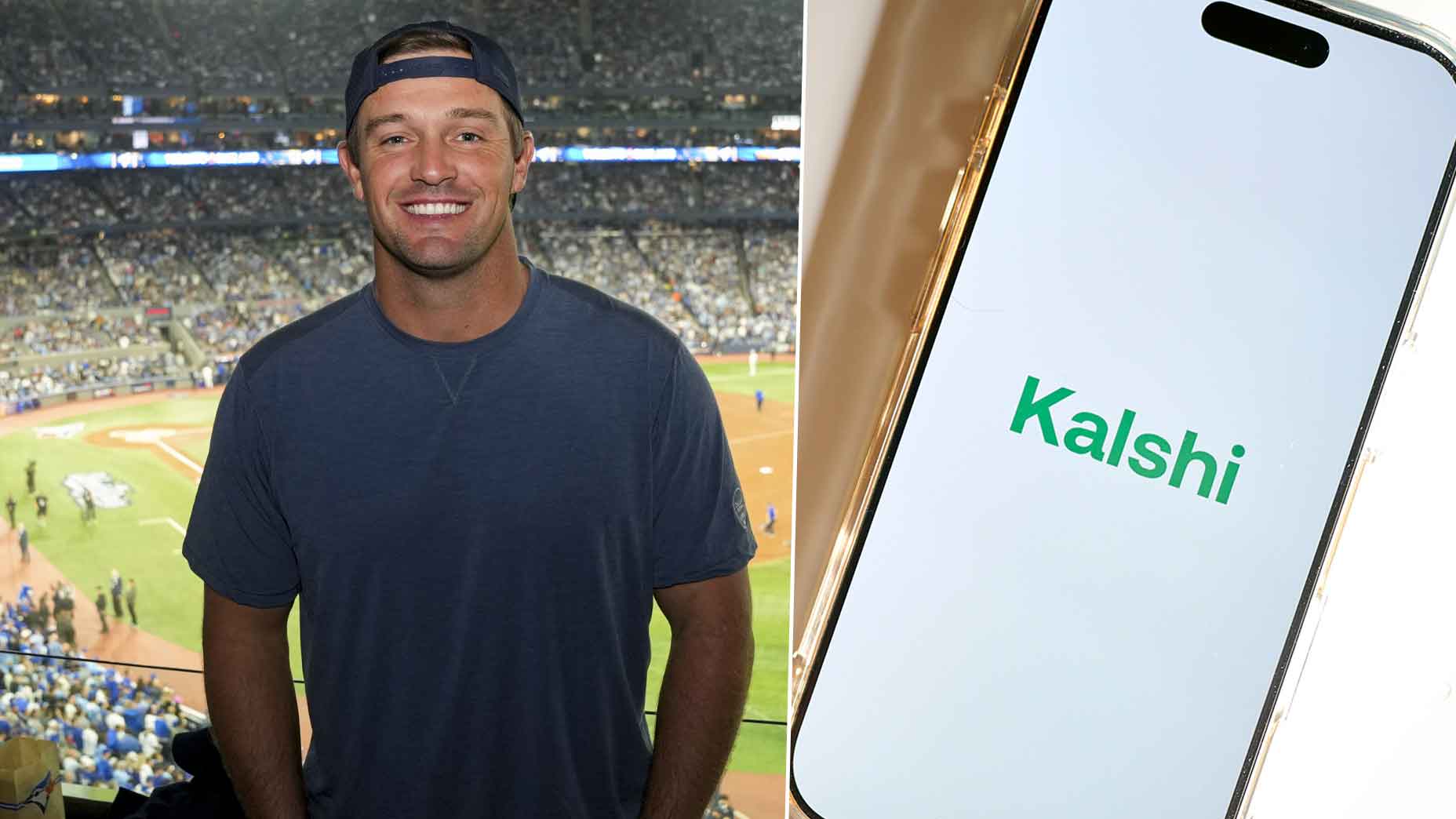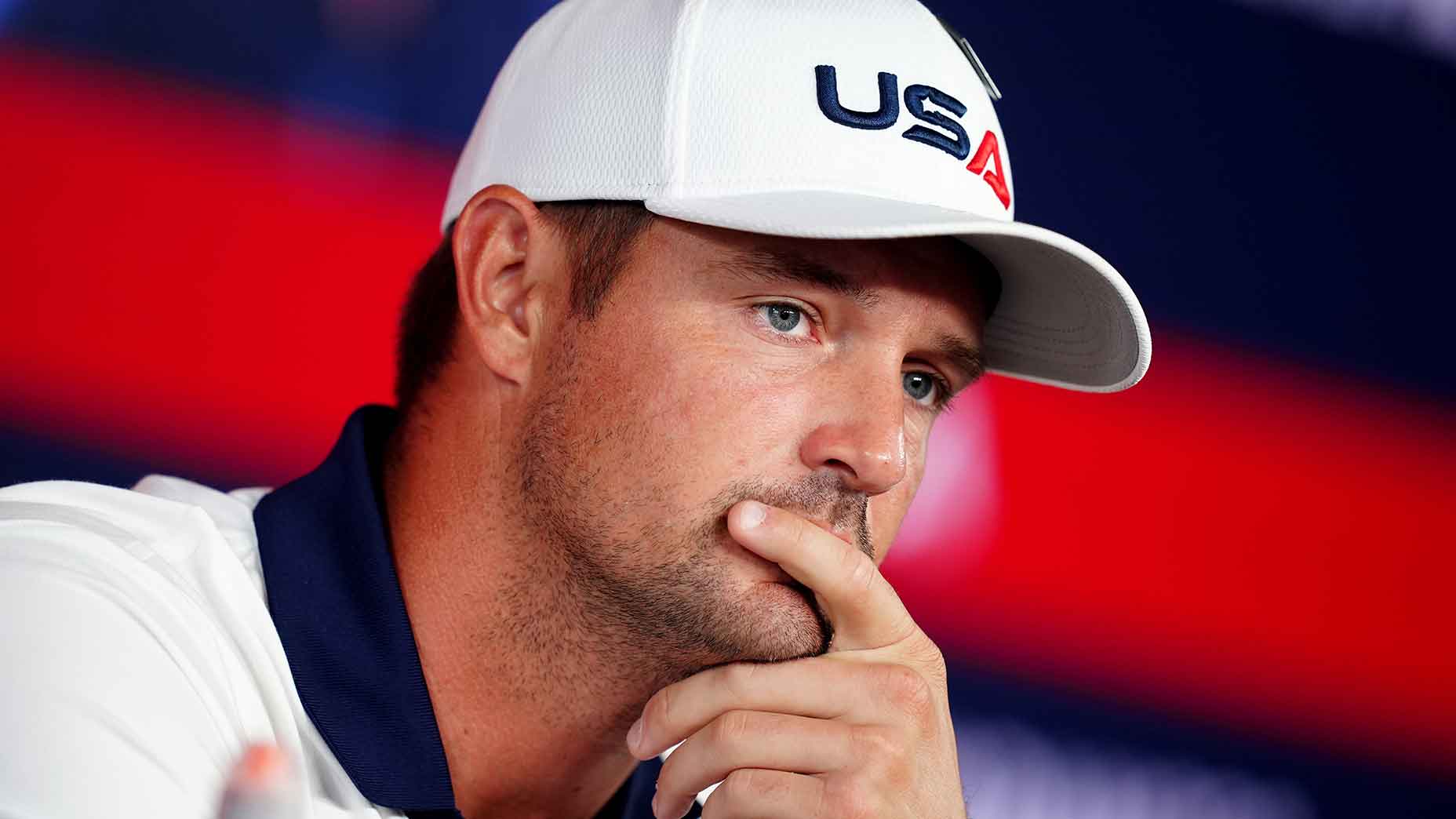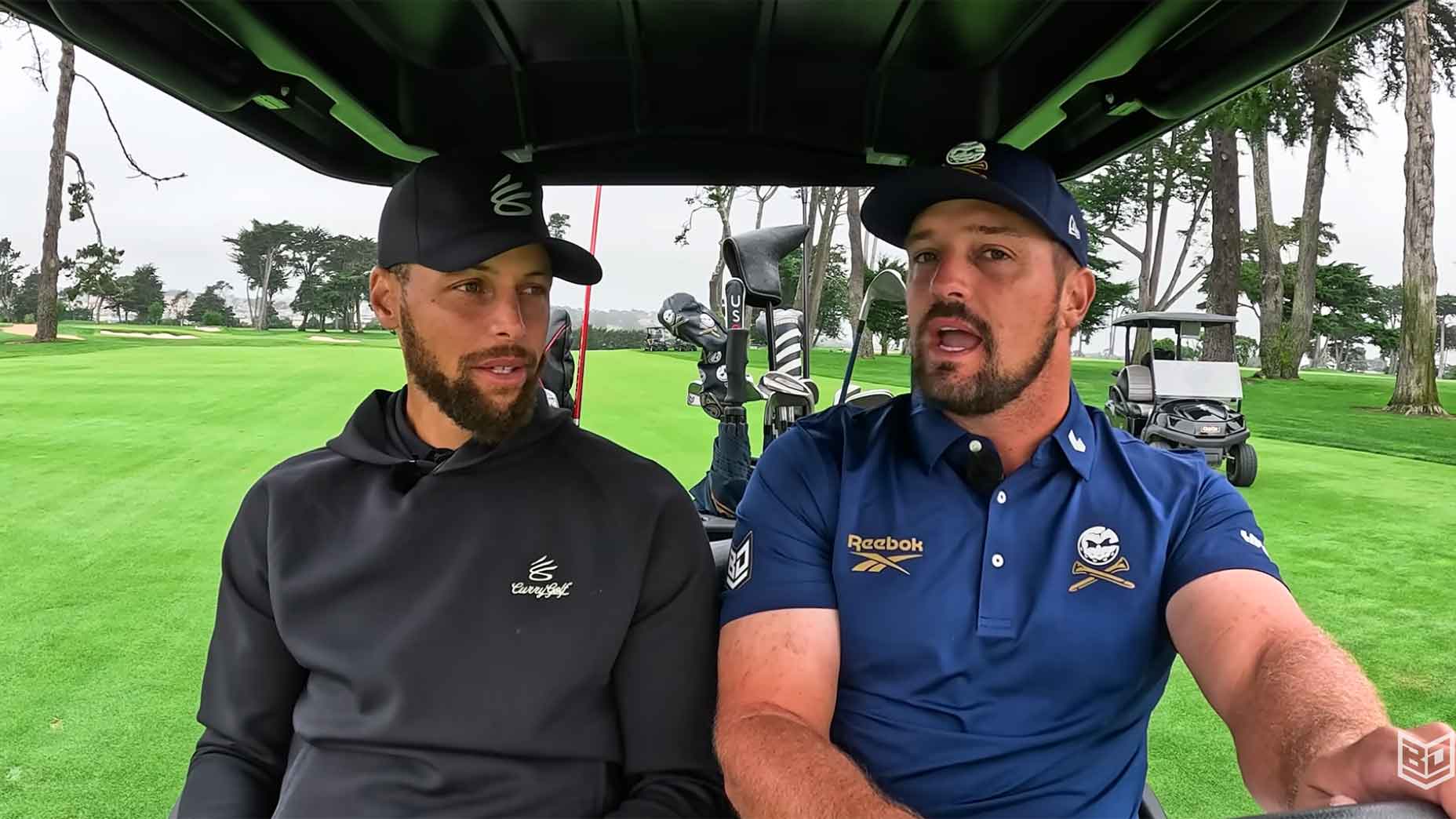Bryson DeChambeau hit 5 of 13 fairways in the final round of the U.S. Open (and drove one green, on the par-4 13th). If that 38.5% success rate sounds below average, that’s because it was — relative to both the field driving-accuracy average for the week (67.3%) and DeChambeau’s own average over the first three rounds (51.9%). As you’re likely aware, though, in the end DeChambeau’s wayward driver did not cost him the trophy. He still edged Rory McIlroy by a stroke at Pinehurst No. 2 to win his second U.S. Open title.
There was a time when missing more than a few fairways at a U.S. Open was a recipe for scorecard disasters. But Pinehurst presented a different kind of test than traditional Open venues, because its fairways are flanked not by juicy, club-grabbing rough but sandy native areas populated by such flora as Eastern prickly pear, pineweed and wiregrass. To steal a technical term from the Forrest Gump School of Golf Analysis, when players missed fairways last week, they were essentially reaching into a box of chocolates, because — all together now — they never knew what they were going to get. Among the potential lies: abutting wiregrass, recessed in a sandy depression, blessedly unimpeded in the open space among the vegetation, or any of about a dozen or so other scenarios ranging from playable to unpleasant.
It’s what “Donald Ross called ‘the perfect rough,’” John Bodenhamer, the USGA’s chief championships officer, said on the eve of the Open. “Why? Because when a player hits a shot into those sandy natural areas, it’s a walk up that fairway of a bit of anxiety, a bit of emotion, because they don’t know what they’re going to get. The randomness of that, it’s not just five-inch green lush rough. It can be something gnarly, wiregrass, or it can be a perfect sandy lie. I think you’re going to see some players walk to their golf ball and be unhappy, and others are going to be thrilled that they can spin their ball off of those tight sandy areas. We think that is pretty cool, and we think that is exactly what Donald Ross intended.”
In the final round, though, the prevailing narrative — at least by way of the NBC telecast — was that DeChambeau got off easy in the native areas. Brandel Chamblee, one of NBC’s lead analysts, cited DeChambeau’s “good fortune,” and later, on Golf Channel’s post-tournament coverage, said that DeChambeau had been “kissed by fate.” Rare is the major winner who doesn’t enjoy at least a modicum of good luck — who can forget the 1992 Masters, when Fred Couples’ ball miraculously clung to the bank on the par-3 12th, or the 2000 PGA Championship, when Tiger Woods’ yanked tee shot on the third playoff hole seemingly was destined for trouble before mysteriously reversing course? — but did DeChambeau get more than his fair share of breaks?
“I never had a good lie in the native area,” he said earlier this week on the Pat McAfee Show. “I’m telling you there was multiple times where it looked like a good lie but when I set the club down there was roots, there was little branches and things like that. It was very difficult to hit out of there, and then times when I did have to have somewhat of a clean lie, I was standing on the bushes and the little things. I don’t even remember one time where I got a perfect lie with a perfect stance out of there may have been once, maybe twice, but it was not more than that.” He added, “On 12, I literally had to pitch out sideways, so I mean it wasn’t that lucky.”
Given there are no native-area lie-evaluation statistics from the Open, it’s impossible to say definitively how DeChambeau’s lies compared to those of the rest of the field and whether Sunday was indeed his lucky day. But here’s what we do know:
— DeChambeau’s length did not allow him to airmail the trouble. The wiregrass in the native areas was consistent throughout the course from tee to green.
— This was not the first U.S. Open DeChambeau has won while missing fairways. At the 2020 edition at Winged Foot, DeChambeau hit just 6 of 14 fairways (42.9%) on Sunday and still prevailed. (A year later, for what’s it worth, Jon Rahm also was no paragon of accuracy on his winning Sunday at Torrey Pines. In that final round, Rahm hit only 8 of 14 fairways.)
— Missing fairways at Pinehurst did not leave DeChambeau with easy second shots. From the native areas, DeChambeau hit a green in regulation just once, on the 14th hole. His scrambling won him the tournament.
As for the actual difficulty of his native-area lies? For a better understanding of what DeChambeau faced and whether lady luck might have been at his side, we consulted Eric Alpenfels, director of the Pinehurst Golf Academy and a GOLF Top 100 Teacher. Earlier this week, Alpenfels reviewed each of DeChambeau’s eight off-the-fairway lies. Here’s what he noted:
No. 2, par 4, 506 yards — “That’s probably a little bit of a break. There’s really nothing impeding his stance nor the ball. There’s a little clump to the right, but nothing that stymied him.”
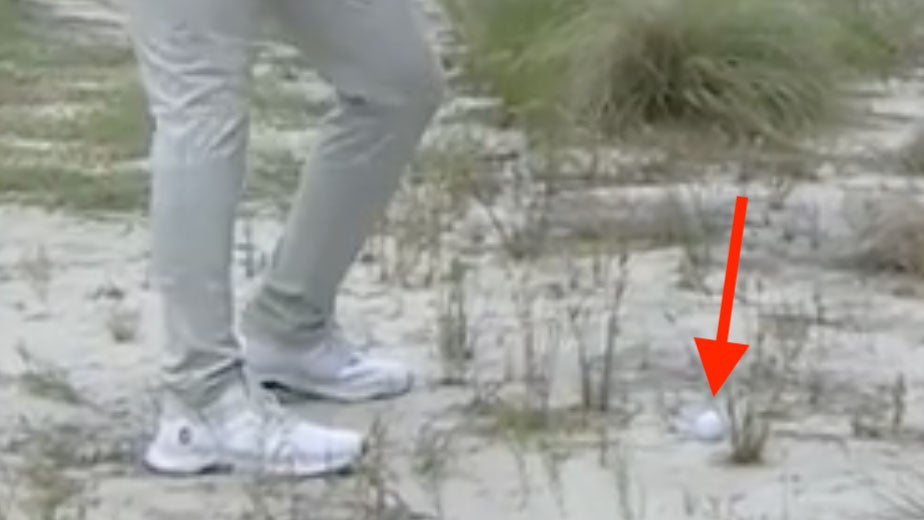
No. 5, par 5, 587 yards — “That’s the kind of challenging lie you’d expect him to get a few more times than he did. Pretty gnarly one.”
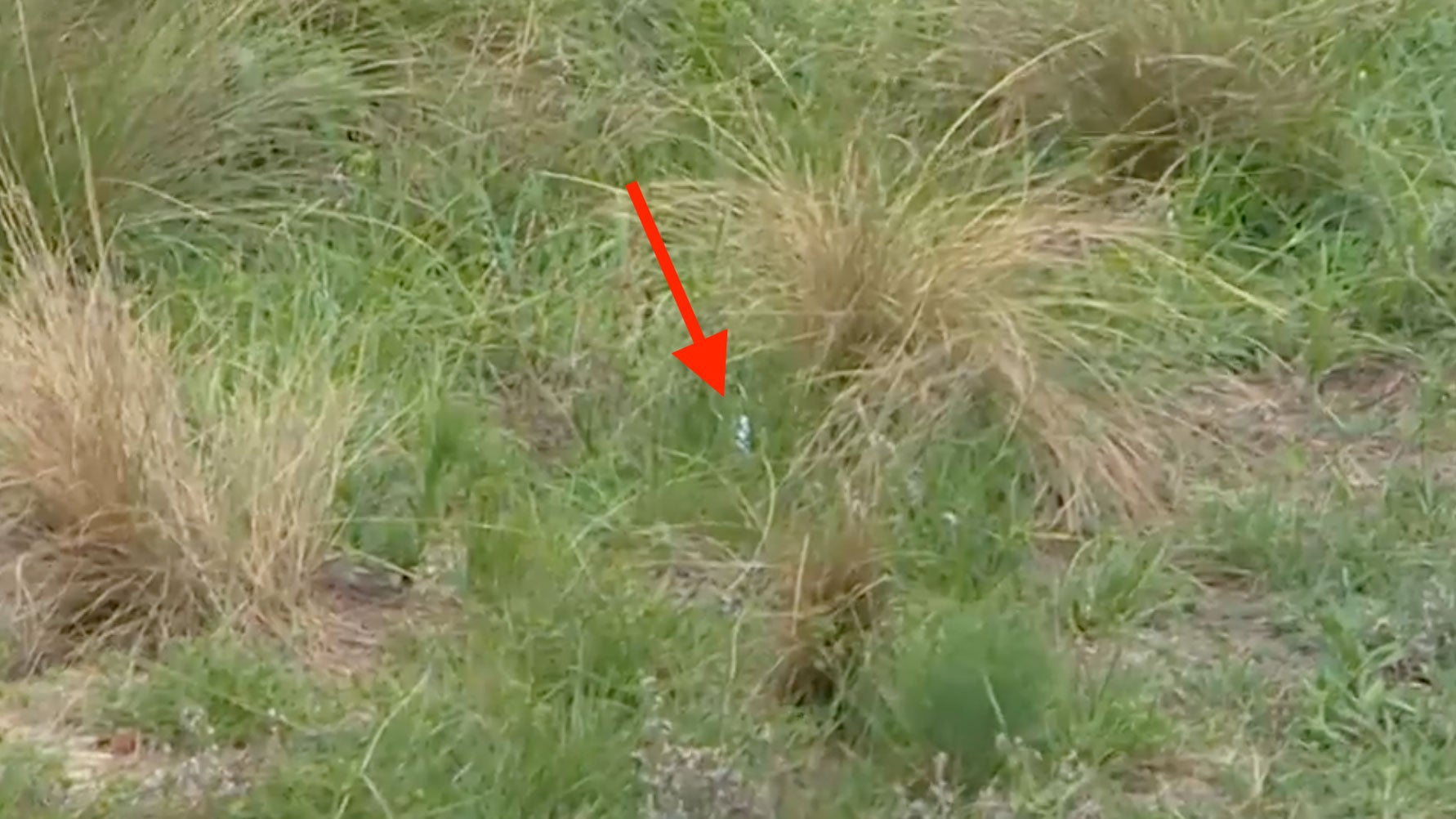
No. 8, par 4, 513 yards — This was DeChambeau’s biggest miss of the day: a block so far right of the fairway that it carried the native area onto a hardpan lie in the pines. “No problem there,” Alpenfels said. “That’s just a tight fairway as far as we’re concerned.”
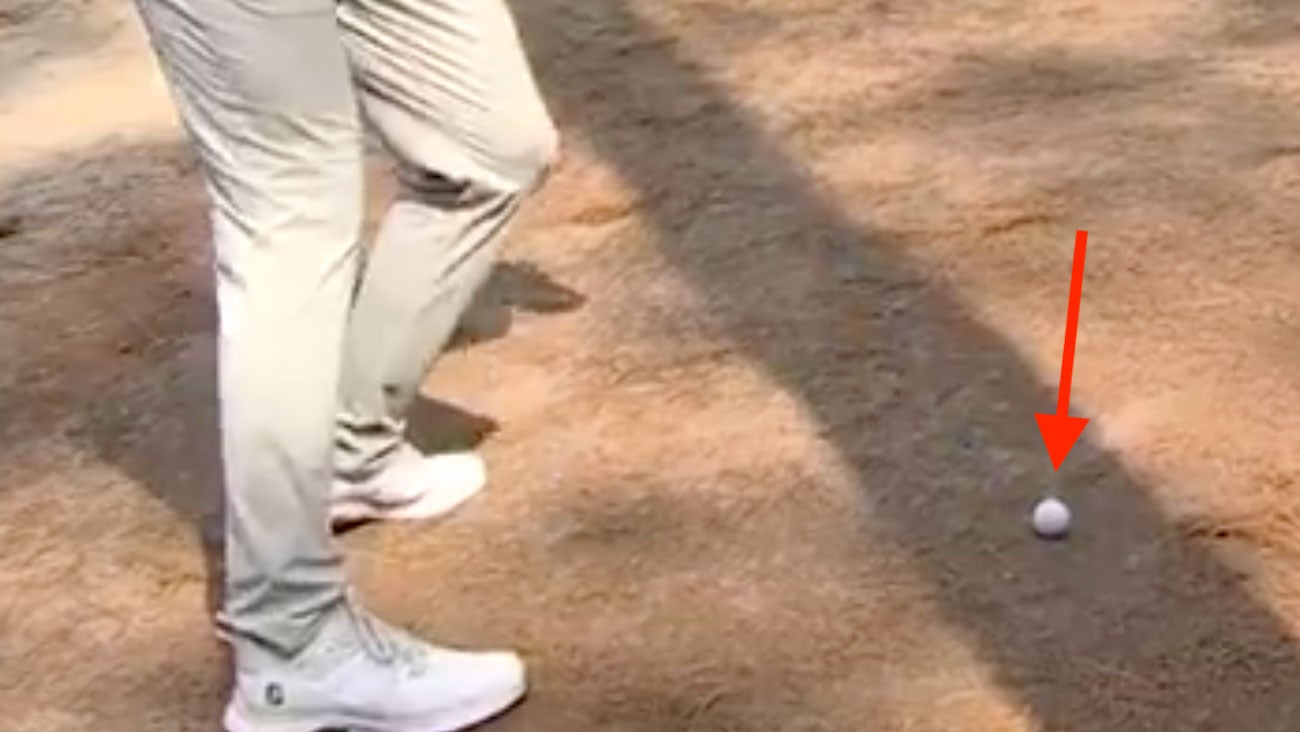
No. 10, par 5, 619 yards — “Nothing major. If anything, the wiregrass surrounding him was impacting his stance. This was the purpose of the wiregrass. Yes, maybe there’s a tad bit of luck involved, but it’s also going to influence your stance; it’s not just the lie of the ball.”

No. 11, par 4, 491 yards — “Same as 10: more impactful on his stance more than anything else.”
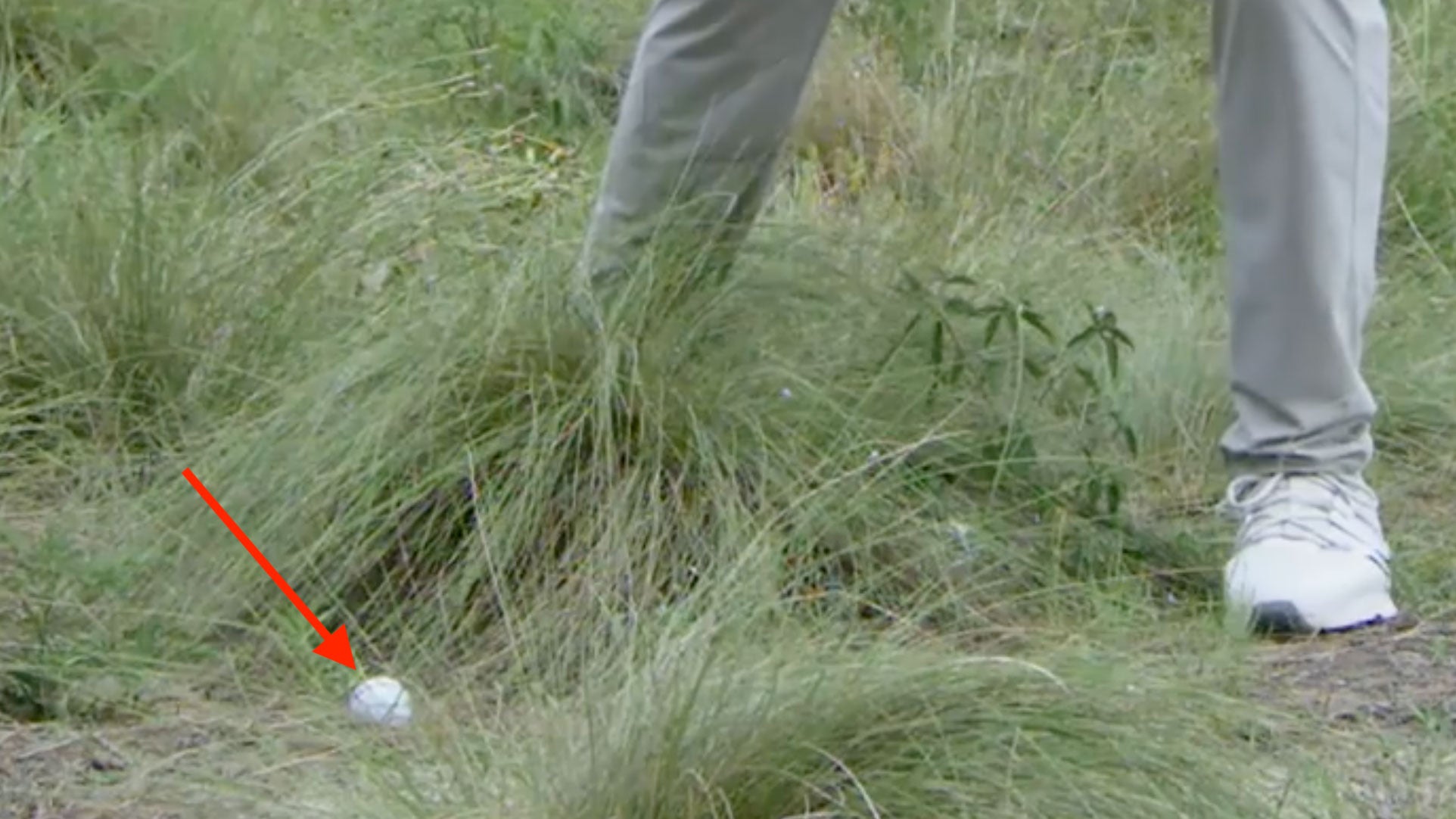
No. 12, par 4, 478 yards — This is the hole on which DeChambeau said he had to play out sideways. That’s not exactly true. He was able to advance the ball toward the green but only 76 yards. “That’s the beauty of the natural areas,” Alpenfels said. “A couple of shots he didn’t have any issues with. A couple of shots made him change his alignment. A couple of shots changed his setup.”
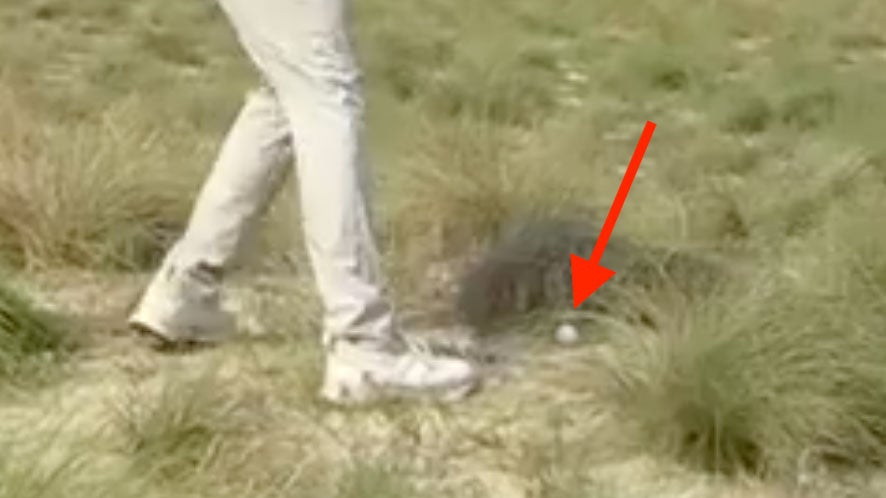
No. 14, par 4, 483 yards — “Didn’t seem to impede him at all. But a foot difference and he could have been stymied.”
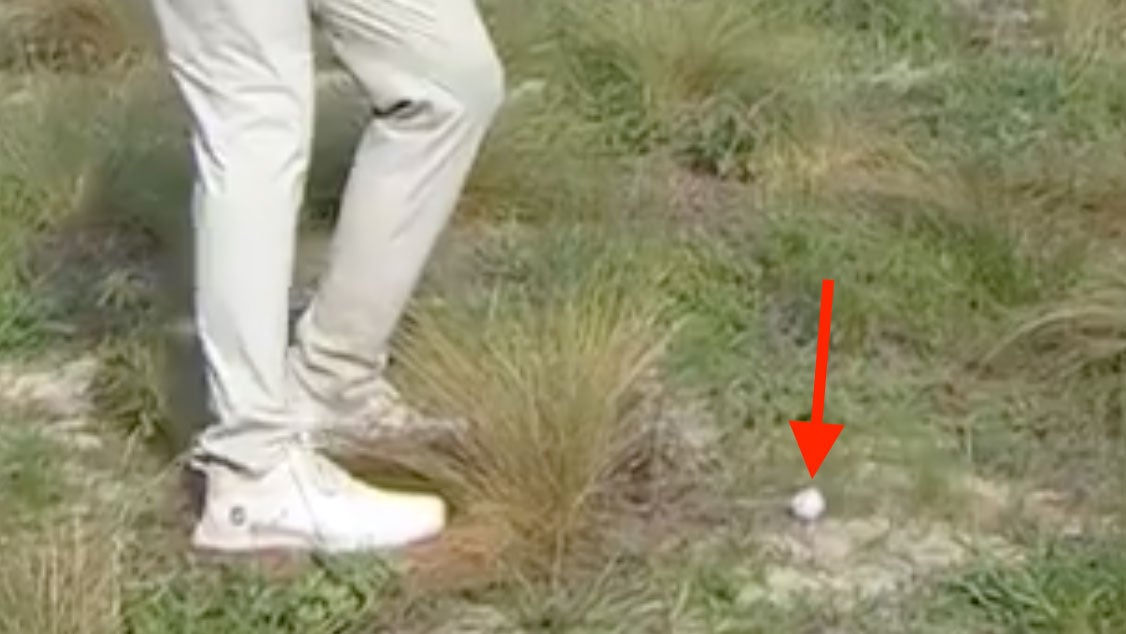
No. 18, par 4, 449 yards — “The most challenging one of the round, because he was up against the root,” Alpenfels said. DeChambeau also couldn’t take a full swing because of overhanging branches.
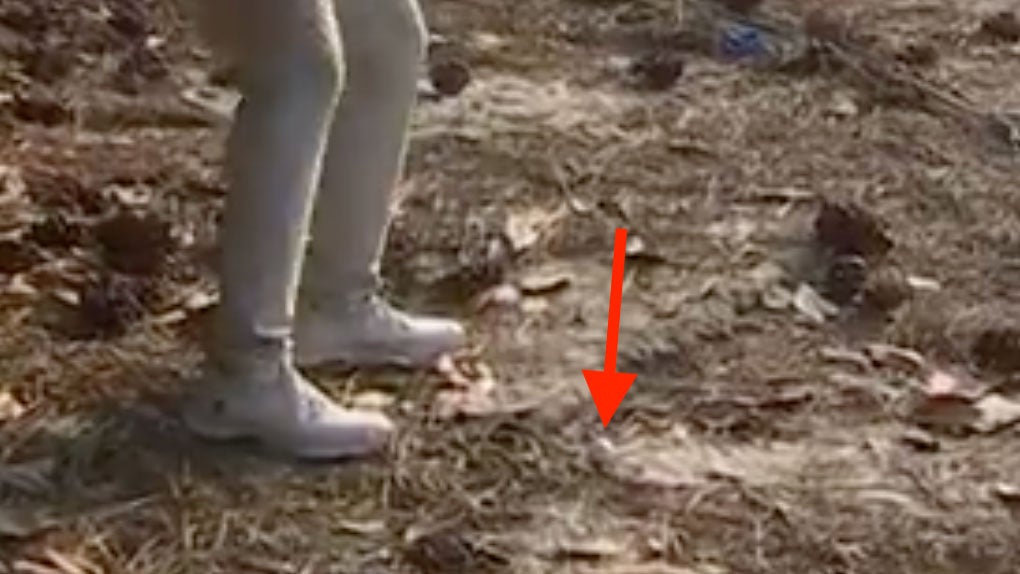
Alpenfels overall assessment? “In the grand scheme of things,” he said, “I’d say Bryson got a little bit of good fortune in that some of the lies were so clean.” But DeChambeau’s best stroke of luck, Alpenfels said, was, in fact, none of the lies detailed above. Alpenfels said the shot that stuck with him and a few members of the Pinehurst No. 2 maintenance team was DeChambeau’s tee ball at the long par-4 16th, which started left and stayed left.
“I don’t know,” NBC announcer Dan Hicks said on the telecast. “Is it too far left?”
It certainly looked to be. And yet when the ball touched down it took a fortuitous kick off a slope and found the left edge of the fairway, which allowed DeChambeau to get home in two and make a crucial par.

“Good combination of a bounce and a roll, and there you go,” Alpenfels said.
The other DeChambeau shot that left Alpenfels awed required not luck but a stupefying amount of skill: DeChambeau’s 55-yard greenside bunker shot on the 72nd hole.
Alpenfels said he knows the shot well, because he has executed many mid-range bunker-shot instruction tips from that same spot.
“Just incredible,” he said. ”That is a freaking impossible shot.”
